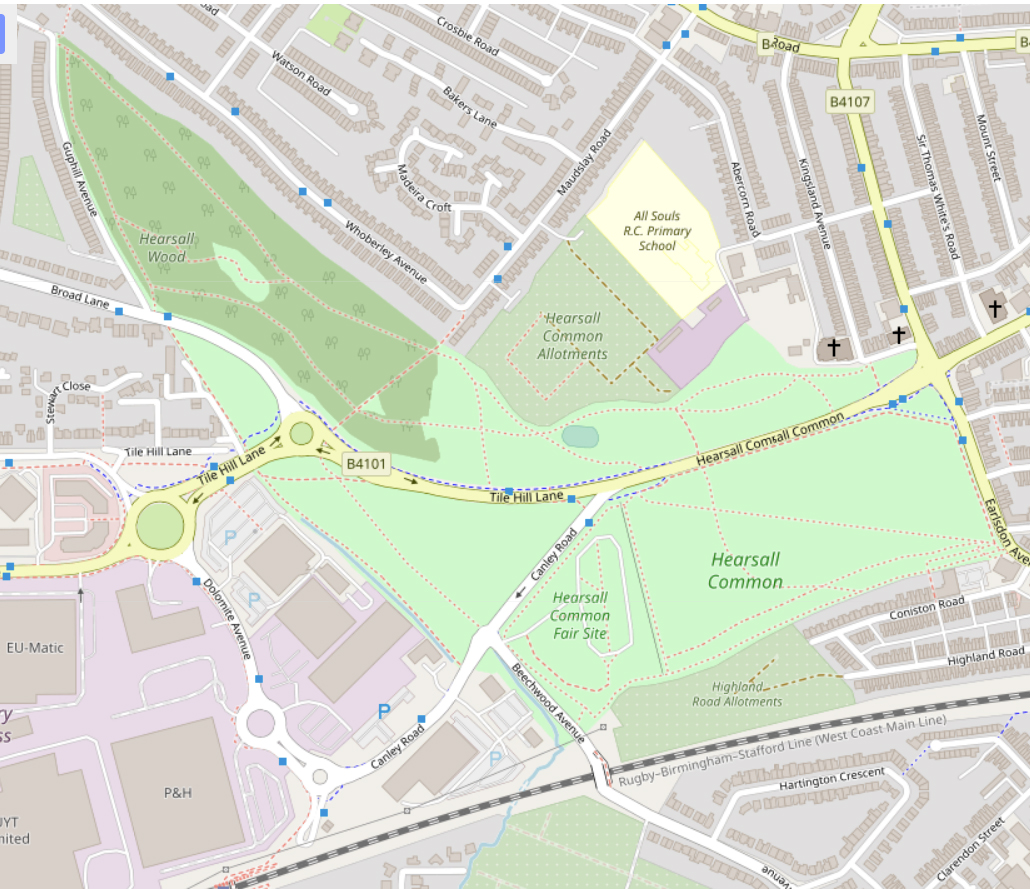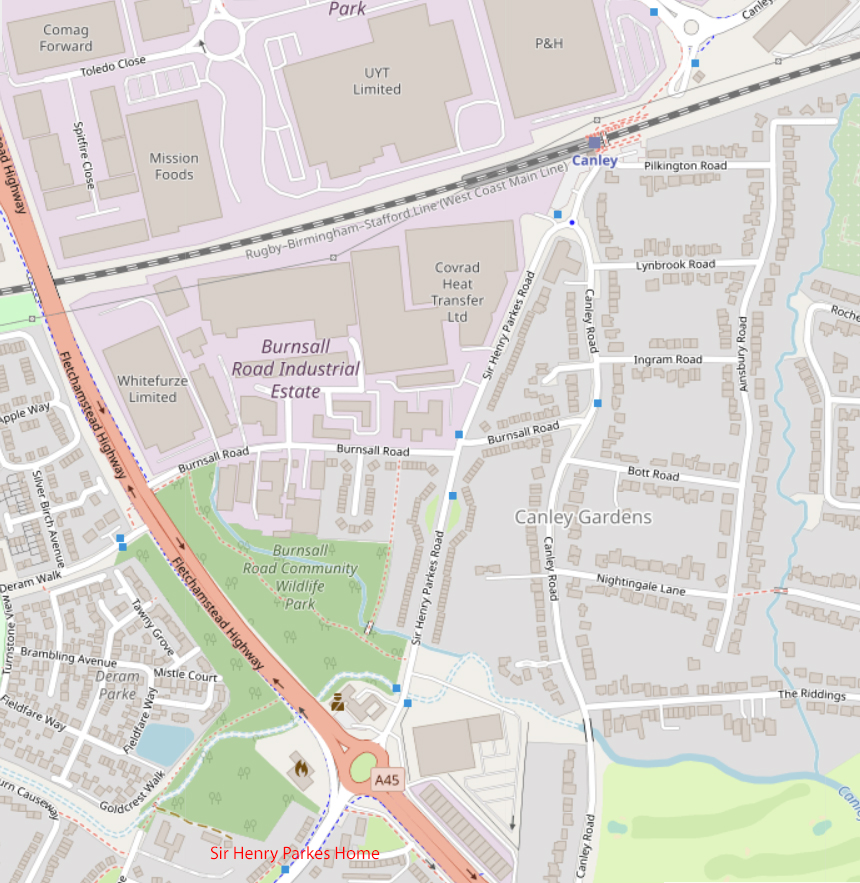
Today we have the fourth episode of Peter Walter’s series of lockdown walks “being a compendium of idle facts, hidden places and meaningless historiana gathered on walks within easy striding distance of the writer’s abode – and beyond”.
Hearsall Common has a fundamental, yet unheralded, place in the annals of aviation.
It was here, one day in 1916, that little Frank Whittle, then aged eight, was playing with his friends when a small plane landed and the pilot jumped out to fix an oil leak. As the plane rumbled over the grass and took off again, young Frank got a bit close and the updraft blew his cap off.
That, Whittle, said later, was the moment that he knew he must fly. And so a jet pioneer was born.
These days, there’s nothing momentous about the Common, most of it a flat, featureless expanse that even dogs must find a bit dull. In the past it was dominated by gorse bushes, but now the spiky plant, with its bright yellow flowers, is largely confined to ditches dug to keep traffic off.

Long gone are traces of Coventry’s first golf course, established here in the 1890s, and long gone too are the crowd of gipsy families who every summer as far back as the 1870s would arrive and pitch their painted caravans for a few weeks. They came from Spain, locals liked to say.
The horse-drawn, of course, has given way to more feverish forms of transport. At the Canley end of the Common stands a house built by the Standard motor Company for a manager at its vast adjoining factories, put up quick in 1916 to serve the armaments industry. There are still motors in the garden, albeit most of them in bits, but wild rabbits too and lots of honeysuckle.
Further on, the West Coast railway line hammers on towards Birmingham beneath a spider’s web of white-painted foot bridges that replaced the old level crossing. And in their shadow is Canley Halt, its ticket office smartly, if somewhat incongruously, decorated with a four-foot kangaroo, in relief.

No local fauna this, but a clue lies on the other side of the A45, at the end of a path that flanks the woodland behind Canley Fire Station.
A timber-framed cottage, once on the old road from Styvechale to Canley, was the humble birthplace, then on Lord Leigh’s estate, of Henry Parkes, who travelled poor to Australia in 1839 on an assisted passage and ended up as Premier of New South Wales and Father of the Australian Federation.

One wonders how many Australians come these days, to sneak a peek at the cottage and get a selfie with the kangaroo.
